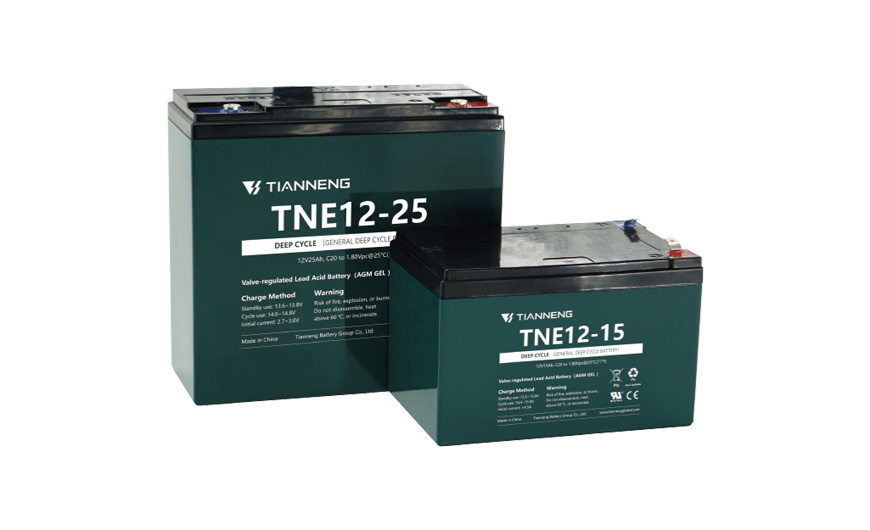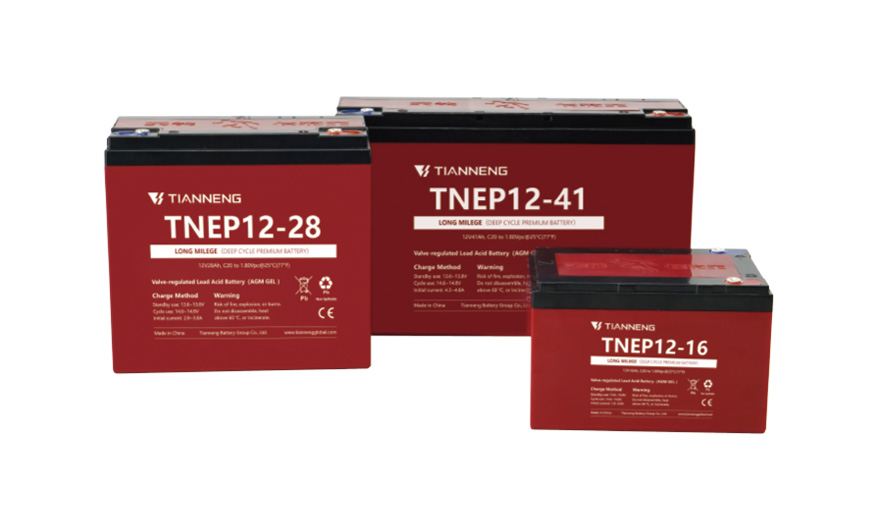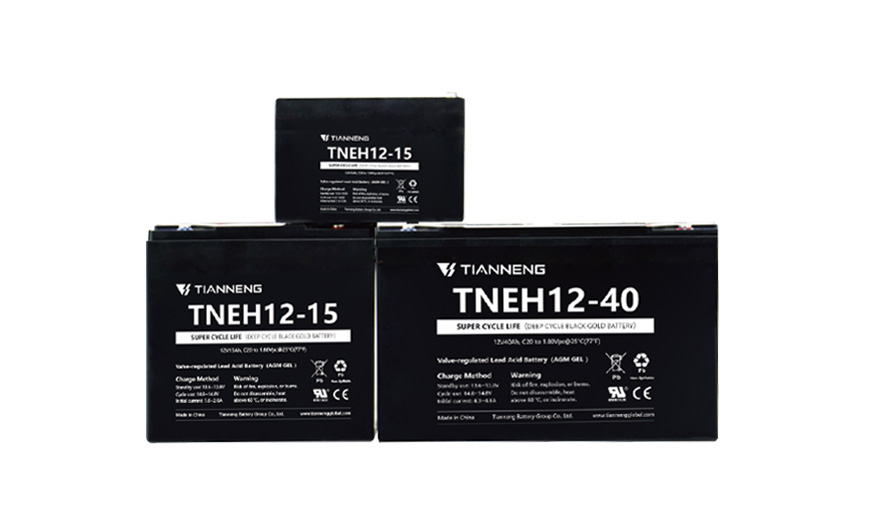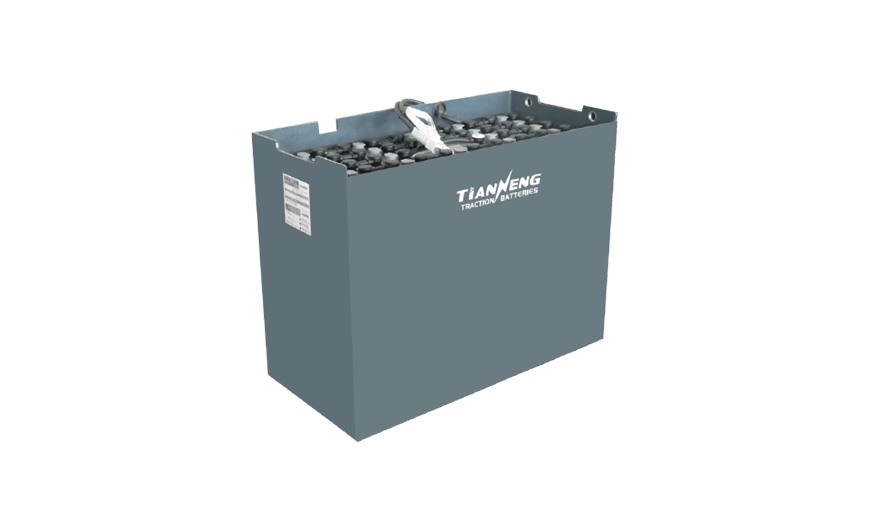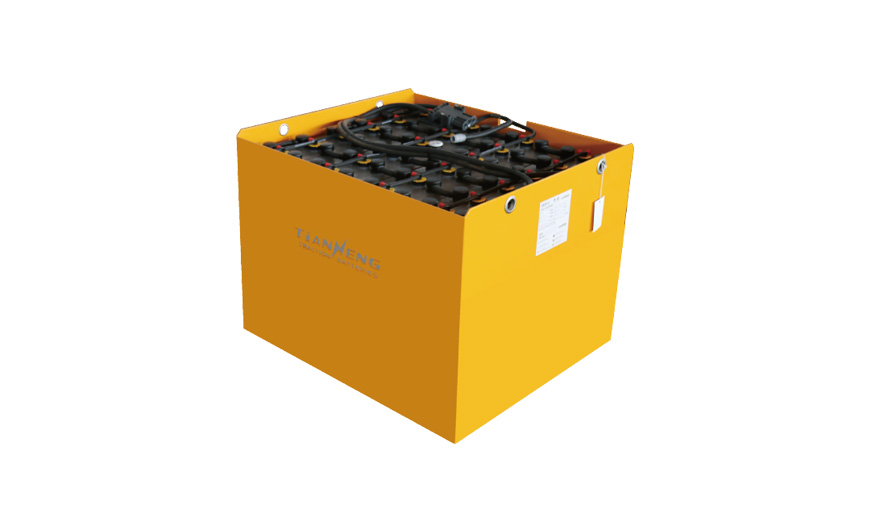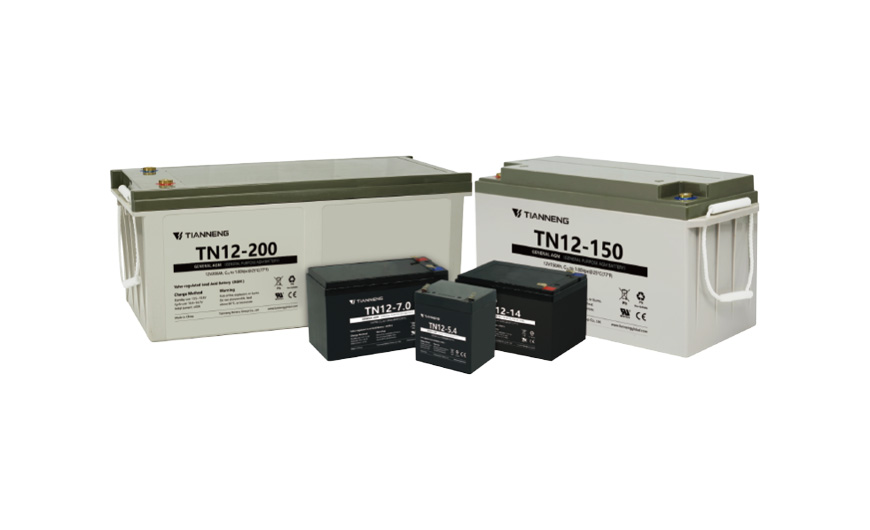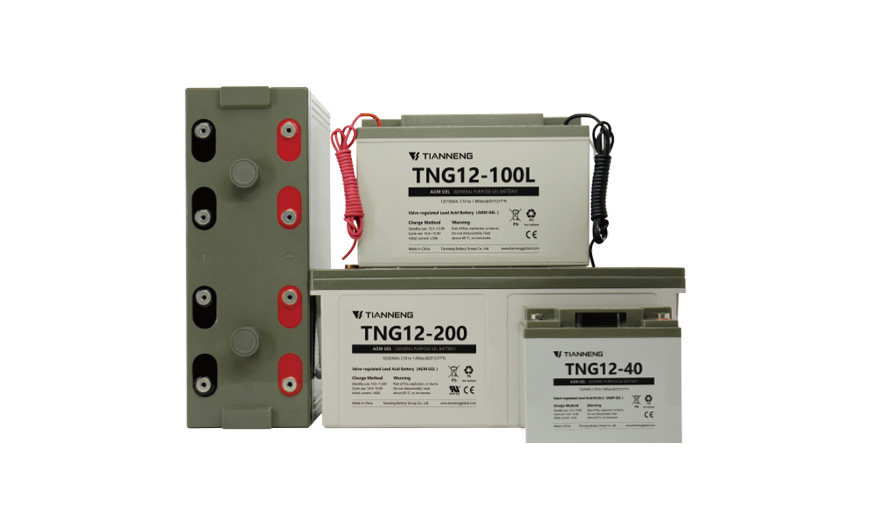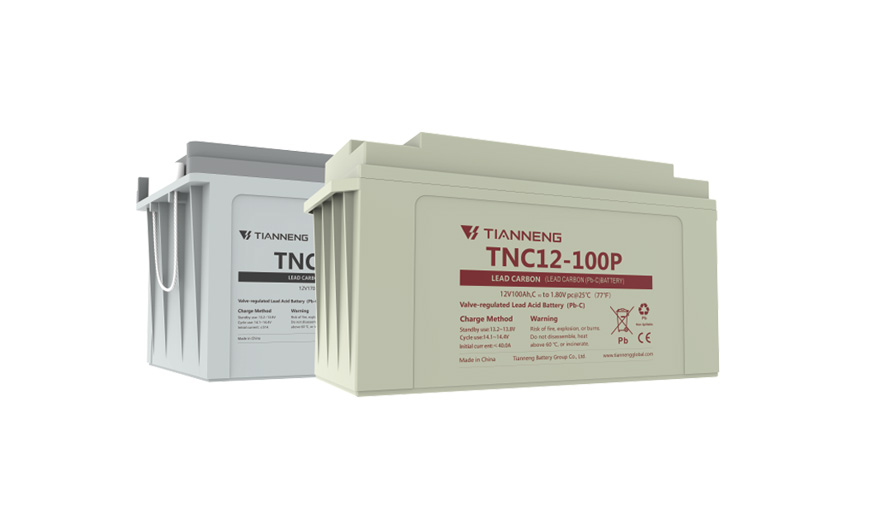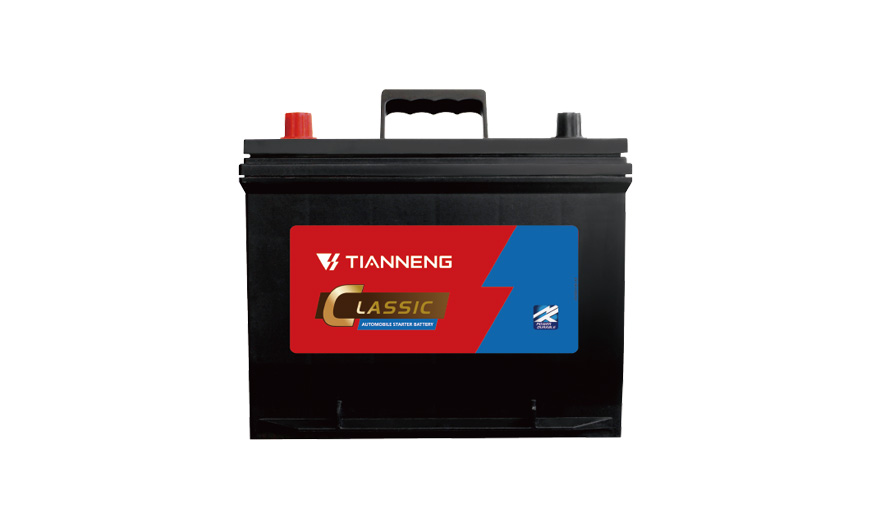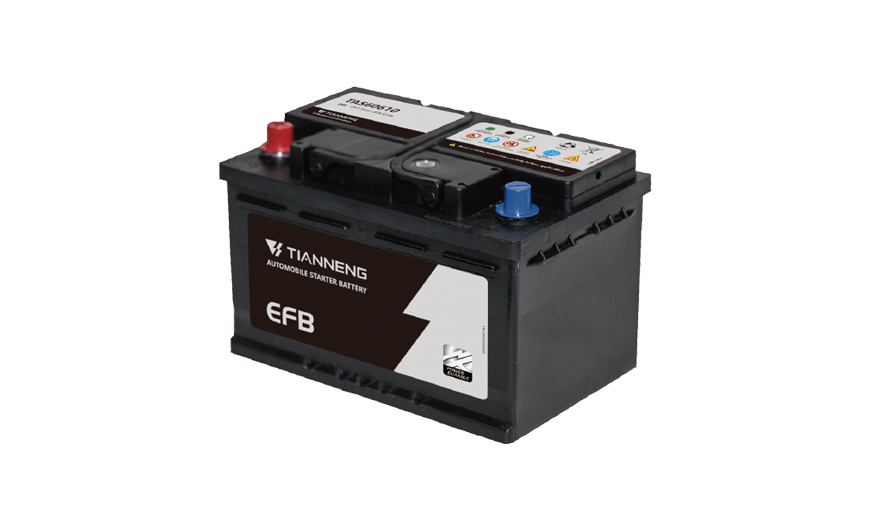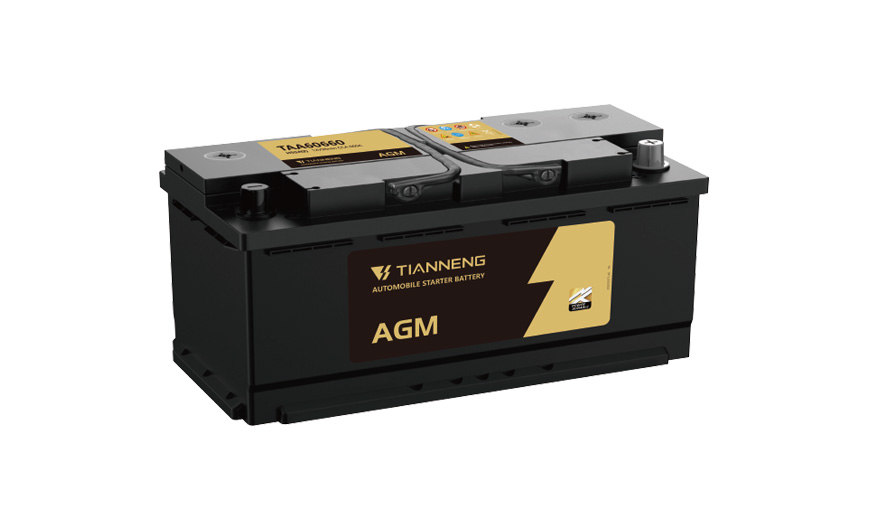Motive Battery
Tianneng Battery provides green motive power solutions for mobilities and all kinds of deep-cycle battery applications involved with commuting, sightseeing, distribution, sanitation, etc. Our motive batteries, including the TNE Series, TNEP Series, and TNEH Series, are equipped with advanced patented technologies, ensuring superior driving performance and long-range endurance.
Tianneng will be your reliable battery supplier for motive power battery wholesale, offering high-quality products for your short-haul travel.
Tianneng will be your reliable battery supplier for motive power battery wholesale, offering high-quality products for your short-haul travel.
Traction Battery
Tianneng is a renowned lead acid battery supplier in China, has also made significant achievements in the production of lead acid traction battery. These batteries meet both DIN and BS standards, offering numerous benefits such as outstanding user experience, high stability, ease of operation, low noise, and no pollution. Our lead acid traction battery is widely applied in fields like warehousing, logistics, and material handling, and we have built strong collaborations with a variety of car manufacturers, especially in the electric forklift and stacker industries.
Energy Storage Battery
As an energy storage battery company, Tianneng also offers industry-leading lead acid battery energy storage solutions. We specializes in manufacturing three main series of energy storage batteries, covering a wide range of battery types such as AGM battery, GEL battery, and lead-carbon(Pb-C battery). These batteries are designed to meet the diverse energy storage needs of industrial sectors. Our Energy Storage/Reserve Batteries offer numerous advantages, including excellent cycle performance, high stability, and exceptional reliability, providing our customers with a solid and sustainable green energy solution.
SLI Battery
Tianneng is a highly reputable lead acid starter battery manufacturer recognized for producing high-performance SLI batteries. Our starter battery manufacturing process strictly adheres to multiple international standards, including JIS, DIN, and SCI, for excellent capacity performance, energy saving and consumption reduction, making the environment greener and life healthier. We stand out among lead-acid battery companies and continue to provide more suitable starter battery solutions for passenger cars.






